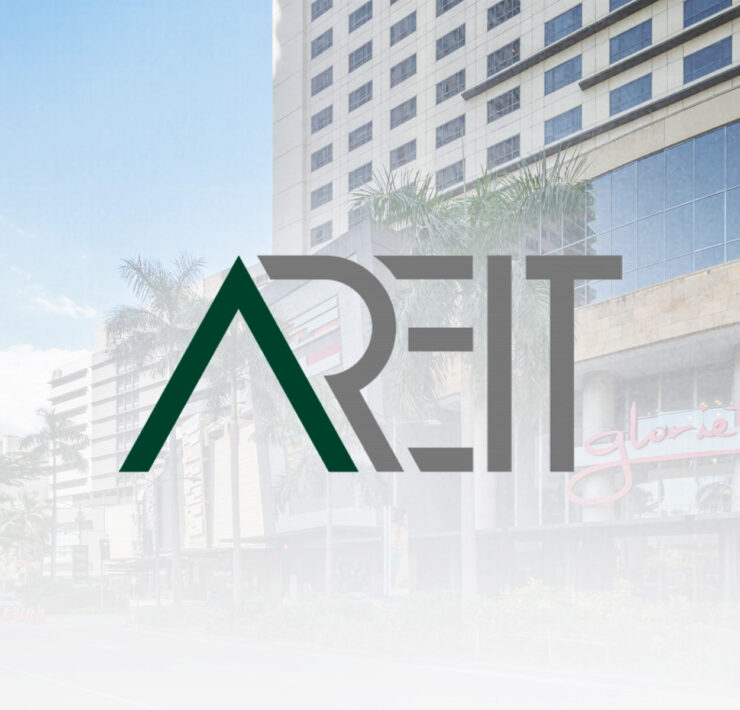Why have REITs outperformed?

Real estate investement trusts (REIT) have been performing well this year. During the first half, the share prices of REITs increased by an average of 12.3 percent.
Moreover, all REITs closed in the green, led by RL Commercial REIT which rallied by 23.7 percent for the year-to-date period.
Numerous factors were responsible for their strong performance.
One of the major factors is falling interest rates. After peaking at 6.5 percent, the Bangko Sentral ng Pilipinas (BSP) has cut rates by a total of 125 basis points since the second half of last year to 5.25 percent currently. The BSP may cut rates by two more times later this year, leading to a further decline in interest rates.
Falling interest rates make REITs more attractive for investors looking for investments that provide higher income.
Another factor driving the strong performance of REITs is the improving outlook of the office leasing industry. Demand for offices is picking up this year, with gross takeups increasing by around 7 percent to 740,000 square meters during the first half, according to Leechiu Property Consultants.
Although Colliers expects the Metro Manila office vacancy rate to still pick up from 19.8 percent currently to 22 percent by the end of this year due to the completion of more buildings, the good news is, there won’t be too much new supply in the next two years. This should help bring down vacancy rates, especially in areas such as Makati CBD, Fort Bonifacio and Ortigas Center which already enjoy below-average vacancy rates and where supply is expected to grow by less than 5 percent for the next three years.
Since most of the listed REITs have large exposure to office properties, the improving outlook of the industry should reduce the threat of higher vacancies and lower lease rates. This in turn would lessen the downside risk of cash dividends.
Finally, several REITs, namely AREIT, RL Commercial REIT, Filinvest REIT and Citicore Energy REIT, acquired or disclosed plans to acquire new assets. These acquisitions helped grow the size of their rental portfolios, and improved diversification in terms of property types and location.
For example, because of the significant growth of its asset portfolio, AREIT was recently added to the PSEi index. Meanwhile, RL Commercial REIT’s upcoming asset for share swap will significantly grow the share of malls to its total portfolio, making it less vulnerable to the prevailing oversupply in office spaces and the associated risk of declining rental rates.
Most importantly, acquisitions pushed up the amount of cash dividends REITs paid to their shareholders, leading to higher dividend yields.
The outlook for the rest of the year remains attractive as benign inflation should help keep interest rates low. The longer-term outlook is also bright as most REITs have principals that still have a large portfolio of mature rental assets that they seem keen on injecting into their REITs as this would allow them to raise capital to fund their new projects.
However, because of the significant increase in their share price, most REITs now have dividend yields that are no longer attractive at less than the 10-year bond rate of 6.27 percent. This makes them more vulnerable to a correction assuming that interest rates go up or that REITs suffer from lower profits pulling down their cash dividends.
Nevertheless, in case the market is sold down, and prices of REITs drop as a result, I think REITs are worth buying given their attractive outlook in the next few years.




















